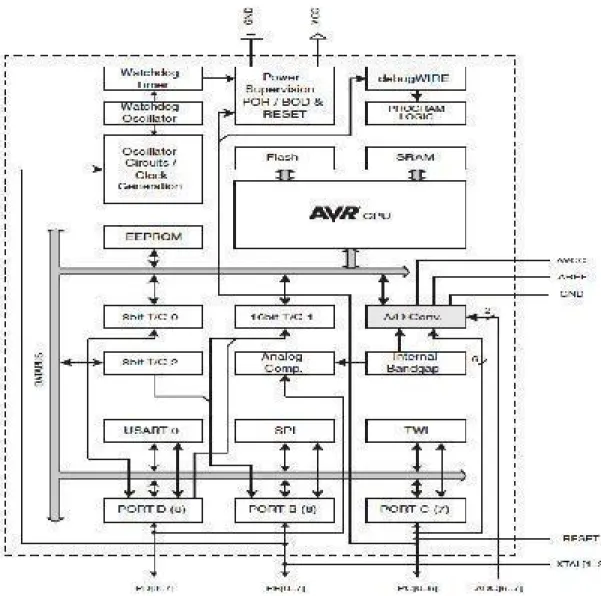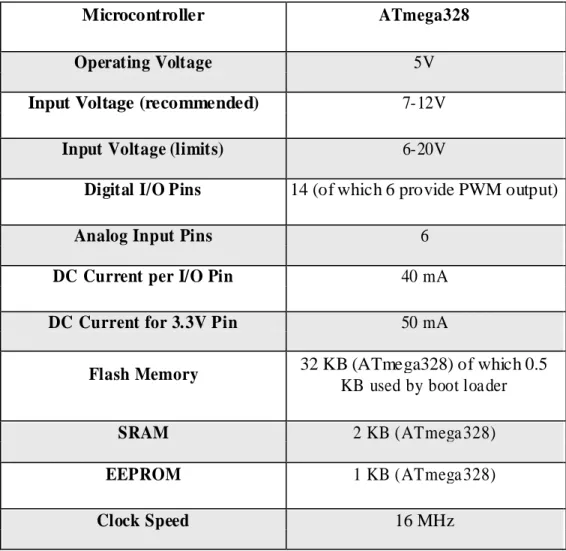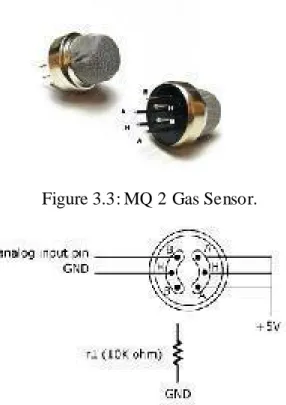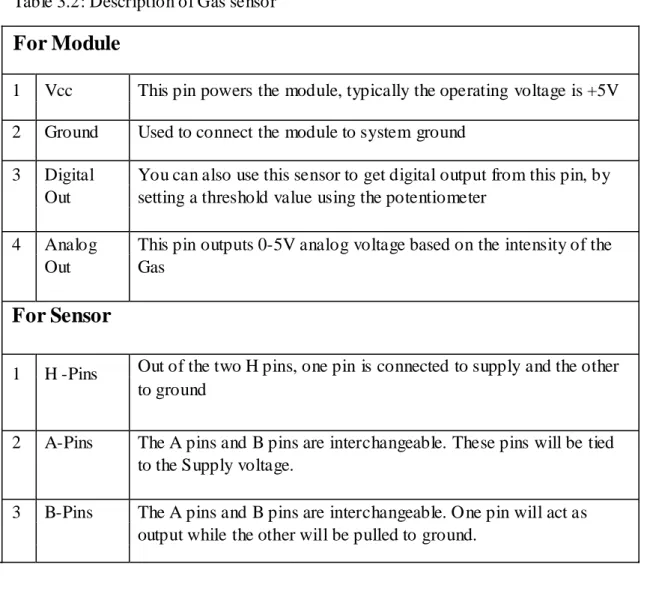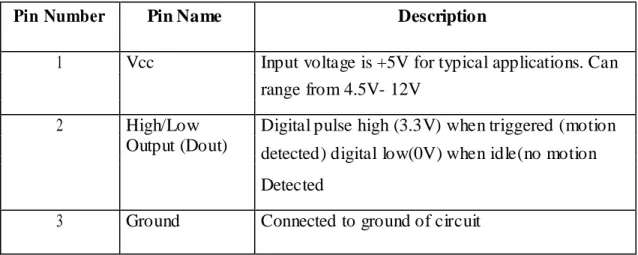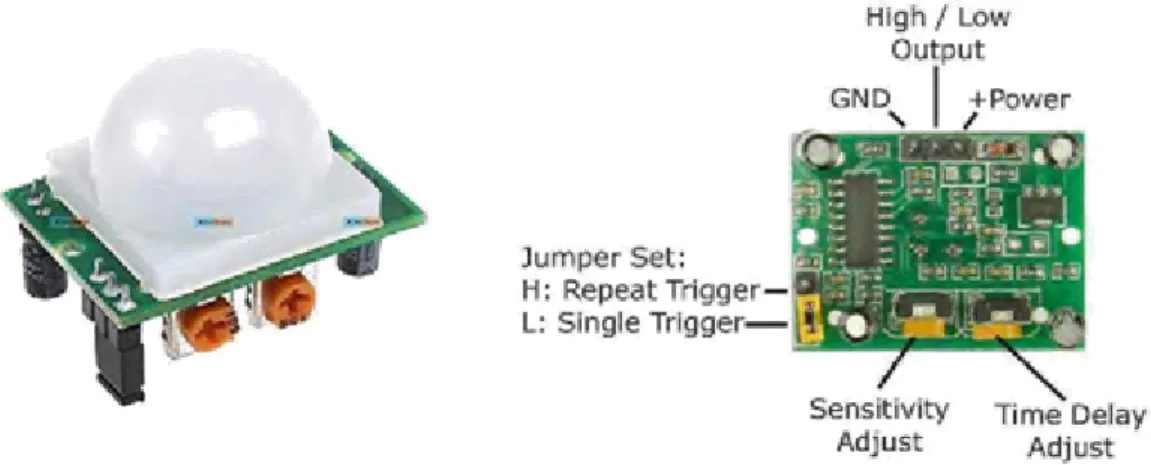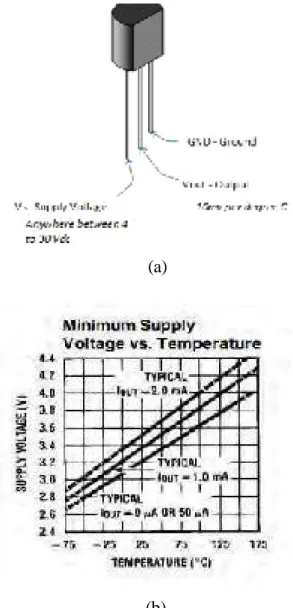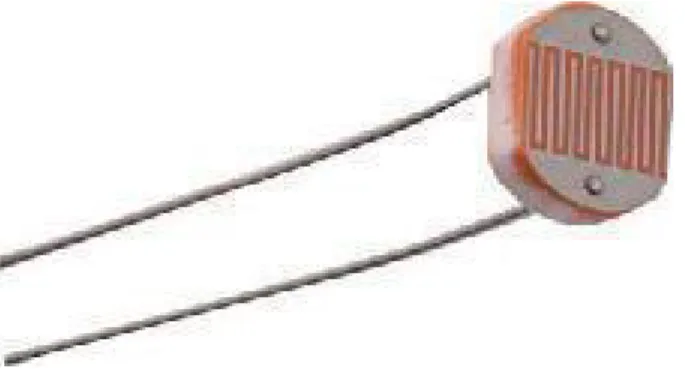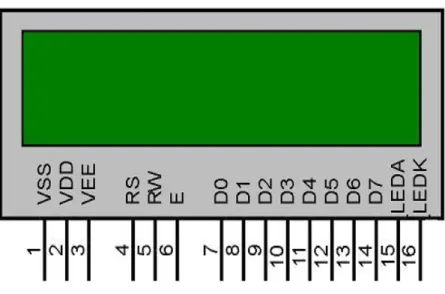I hereby certify that this project and thesis entitled "Home Security System" was produced by the following students under my direct supervision and that this work was carried out in the laboratories of the Department of Electrical and Electronics Engineering, Faculty of Engineering, Daffodil International University in partial fulfillment of the requirements for the degree of B.Sc. electrical and electronics engineer. Mostahidul Islam, ID Session: Fall 2018 has been accepted as satisfactory in partial fulfillment of the requirements for the degree of Bachelor of Electrical and Electronics Engineering. A K M Alamgir Associate Professor Department of EEE for dedicated support, motivation and guidance throughout this project.
Shamsul Alam, Professor and Head of the Department of EEE for his constant help, support and encouragement. The main objective of this project is to develop a home security system using an Arduino board with LCD controlled sensor. By means of this security system we can detect gas, fire, burglar detector and automatic on/off system of road lamps.
We can use gas detector in kitchen, garage and all gas components in industry, home etc. By using LDR we can solve light on/off system automatically in day and night time.
CHAPTER ONE
INTRODUCTION
- Introduction
- Background
- Objective
- Methodology
The rapid development of remote correspondence inspired us to use mobile phones to remotely control a home appliance. An Android-powered home system is not common in Bangladesh, but is available to some extent in some offices. With the introduction of better equipment and better programming, mobile phones have become capable gadgets and have become an indispensable part of individuals' daily lives.
The term "home security" followed and was used to introduce the concept of home security. Home devices are connected to the Arduino microcontroller's input/output ports along with the power strip and their status is passed to the Arduino microcontroller. To design a circuit that can efficiently control various controlled devices in the intelligent control system.
First the project requirements were carefully analyzed to design the home security system. The design methodology of this project can be divided into two sections; hardware and software implementations.
CHAPTER TWO
Literature review
There are few home automation systems that use ZigBee or Bluetooth for the wireless connection. Andrew, the author of the book “Raspberry Pi Home Automation with Arduino”, introduced Raspberry Pi and hoe to use it for home automation. First of all, he gave the history of Arduino and Raspberry Pi with all connections, necessary shield specifications and all necessary ports with power supply.
An article from Singapore by authors Thomas Gonnot, Won-Jae Yi, Ehsan Monsef and Jafar Saniie showed a protocol standard for home automation systems called Home Automation Device Protocol (HADP). Sakshi, which uses a PIR sensor with Arduino Mega, is a cheap and effective security system that can notify about an intruder via SMS. It has been mentioned before that most of them lack the security system or control system.
We avoided the facial recognition system for home security because people try to reduce many errors in facial recognition. Some of these projects are done with Arduino, some of them are done with Raspberry Pi.
CHAPTER THREE
PROJECT PARAMETERS
Introduction
Arduino Nano (ATmega328)
- Introduction to Arduino ATmega328 Microcontroller
- Power of Arduino ATmega328
- Input and Output of Arduino ATmega328
- AVR Architecture of Arduino ATmega328 Microcontroller
- AVR Architecture Specification
- Memory
The Uno board is the first in a series of USB Arduino boards and the reference model for the Arduino platform; for a comprehensive list of current, past, or deprecated boards, see the Arduino Index of Boards. ATmega16U2 on the board channels this serial communication via USB and appears as a virtual COM port for software on the computer. The Arduino Software (IDE) includes a serial monitor that allows simple textual data to be sent to and from the board.
The RX and TX LEDs on the board flash when data is sent via the USB-to-serial chip and USB connection to the computer (but not for serial communication on pins 0 and 1). The Arduino Uno board can be powered via the USB connection or with an external power supply. The adapter can be connected by inserting a 2.1mm central positive plug into the power socket of the board.
Leads from a battery can be inserted into the GND and Vin pin headers of the POWER connector. However, if supplied with less than 7V, the 5V pin may supply less than five volts and the board may become unstable. The input voltage to the Arduino board when it is using an external power source (as opposed to 5 volts from the USB connection or another regulated power source).
You can supply voltage through this pin or, if you are supplying voltage through a power socket, access it through this pin. This pin on the Arduino board provides the voltage reference with which the microcontroller operates. Each of the 14 digital pins on the Uno can be used as an input or output using the pinMode(), digitalWrite(), and digitalRead() functions.
These pins are connected to the corresponding pins on the ATmega8U2 USB-to-TTL Serial chip. These pins can be configured to trigger an interrupt on a low value, a rising or falling edge, or a change in value. Typically used to add a reset button to shields that block it on the board.
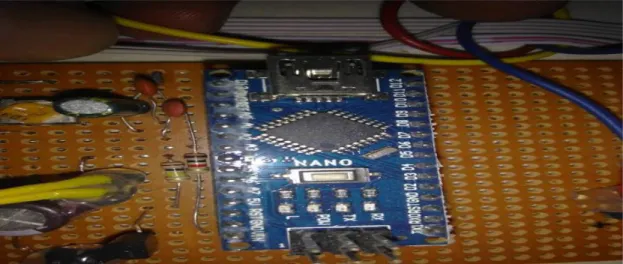
Brief Introductions to the Sensors
- Gas Sensor MQ 2
Features
Description
PIR Motion Detector (HC – SR501)
PIR Sensor Features
PIR Sensor Applications
Thermistor 10k Temperature Sensors
FEATURES: This sensor is easy to use because it is already calibrated in Celsius. It is very cheap.
LM35 Temperature Sensor Applications
LDR lighting sensor
The light dependent resistor (LDR) is just another special type of resistor and therefore has no polarity. The symbol for LDR is similar to Resistor but adds internal arrows as shown above.
LDR Features
Applications
LCD (Liquid Crystal Display)
- Pin Description of LCD
LCD (Liquid Crystal Display) screen is an electronic display module and find a wide range of applications. A 16x2 LCD is a very basic module and is very commonly used in various devices and circuits. A command is an instruction given to the LCD to perform a predefined task such as initializing it, clearing its screen, setting the cursor position, controlling the display, etc.
The data is the ASCII value of the character to be displayed on the LCD. 4 Selects the command register when it is low; and data register Register 5 Low to write to the register; High to read from register Read/Write 6 Sends data to the given points when a high to low pulse is given.
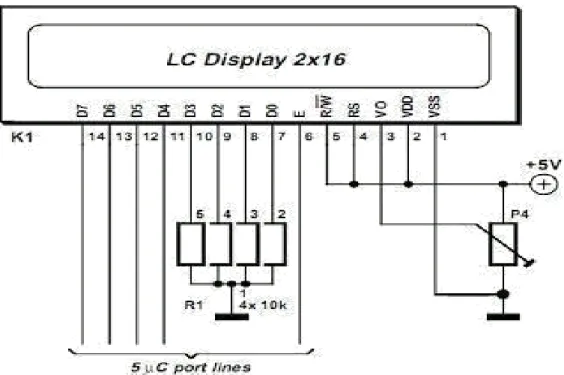
Buzzer
CHAPTER FOUR
Hardware and Software Implementation
Hardware Implementation
- Sensors
- Gas Sensor
- PIR Motion Detector
- LM35 Precision Temperature Sensor
When used with traditional microcontroller tools instead of the Arduino IDE, standard AVR ISP programming is used.). The Arduino Nano and Arduino-compatible Bare Bones Board and Boarduino boards can provide male header pins on the underside of the board that can be plugged into solderless breadboards. Many are the basic Arduinos with the addition of common output drivers, often for use in school-level teaching to simplify the construction of buggies and small robots.
The MQ series gas sensors contain a small heating element containing an electrochemical sensor. Connect both A pins together and B pins together and then apply VCC to the linked A or B pin. The sensor mainly depends on the heating of the coil. The heater uses a 5VDC power supply.
The hardware implementation includes two application versions with different switching power outputs and power supplies: a relay power output version and a triac power output version. In this system we used 2 PIR sensors; one to detect unusual movement in the room and the other to automatically turn the lights ON and OFF when someone enters the room.
4.2 16x2 LCD Display
Software implementation
The Atmega2560 on the Arduino Mega comes baked with a bootloader that allows you to upload new code to it without the use of an external hardware programmer. It communicates using the original STK500 protocol (reference, C-header files). You can also bypass the bootloader and program the microcontroller through the In-Circuit Serial Programming (ICSP) header. Arduino's integrated development environment (IDE) is a cross-platform application written in Java and is derived from the IDE for the Processing programming language and the Wiring projects. It is designed to introduce programming to artists and other newcomers unfamiliar with software development.
It includes a code editor with features such as syntax highlighting, span matching, and auto-indentation, and is also capable of compiling and uploading programs to the board with a single click. The Arduino IDE comes with a software library called "Wiring" from the original Wiring project, which makes many common input/output operations much easier.
Arduino C Programs
- Sensors
- Gas Sensor (SEN 00091)
- PIR Motion Detector (HC – SR501)
- LM 35 Precision Temperature Sensor
A sensor is an electronic device that responds to any change in physical phenomenon or environmental variables such as heat, pressure, humidity, movement, etc. The computer cannot read or analyze continuous values so all sensors must be calibrated against a reference value or standard for accurate measurement. When gas is detected, it sends a message to the mobile via the GSM module and sounds the fire alarm.
The main part of the algorithm is focusing on the voltage measurement from the PIR sensor. It also includes filtering the input measurements of SWSD_DeInit( ) and SNSD_Init( ), which are used for deinitialization and initialization, then find the output voltage by filtering the signal from the PIR sensor. This sensor reads the room temperature and displays it on the LCD monitor.
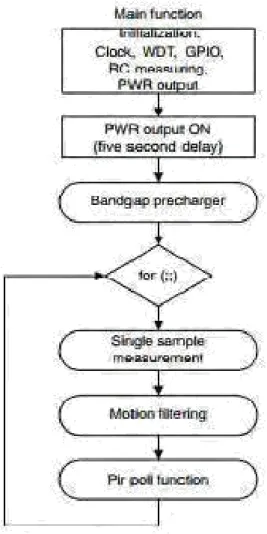
CHAPTER FIVE
WORKING PRINCIPLE
- Working P rinciple
- Block Diagram of Home Security System
- Circuit Diagram of Home Security System
- Arduino Nano Microcontroller and Control Unit
- Apparatus
- Advantages
- Applications
- List of Components with price
The ATmega2560 on the board channels this serial communication via USB and appears as a virtual com port to the software on the PC. To develop the system, users need to install a small circuit board containing a low-cost microcontroller, a motion sensor, etc. This project can be used in a hospital or clinic where advance security is required.
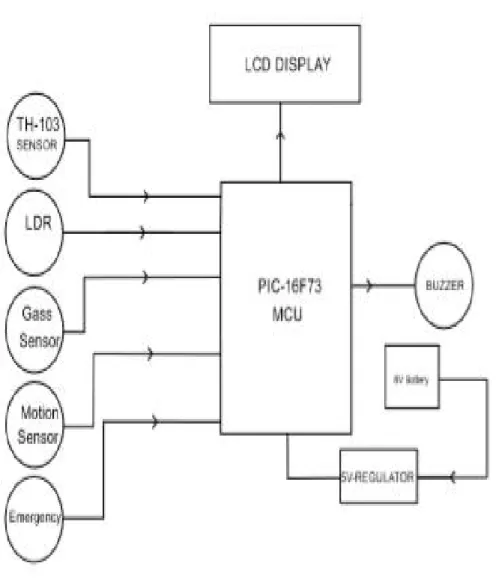
Price in
13 Market price= 20,000.00
CHAPTER SIX
RESULTS AND ANALYSIS
Results
To test the fire warning system, we used a lighter and held it close to the LM35. When there is fire inside the house, notification of high temperature and smoke is sent by means of signal. The system sends text and also shows it to the monitor when there is gas leakage inside the house.
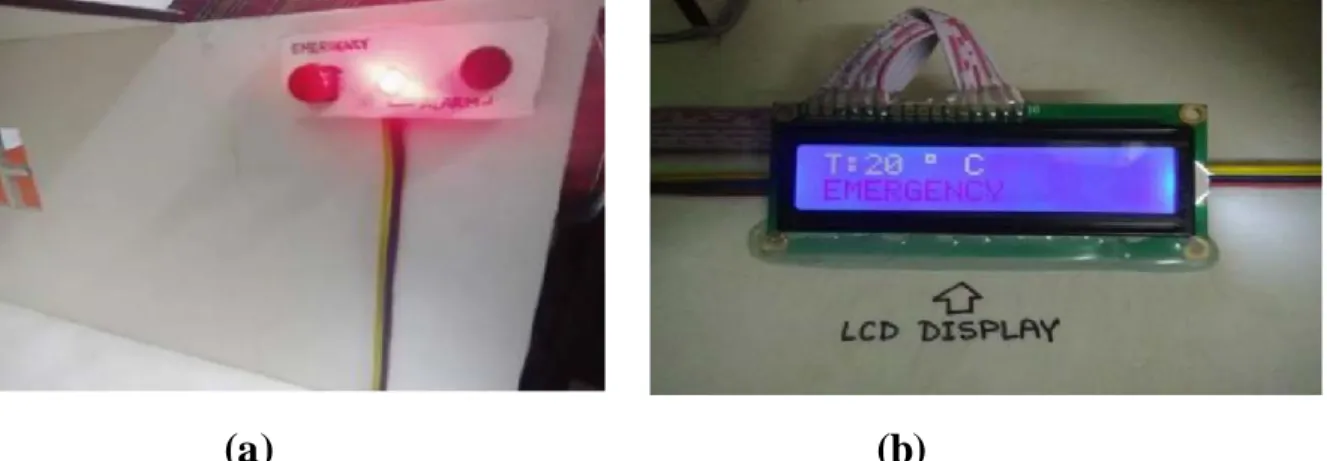
Analysis
CHAPTER SEVEN
Discussion
CONCLUSION
Appendix
